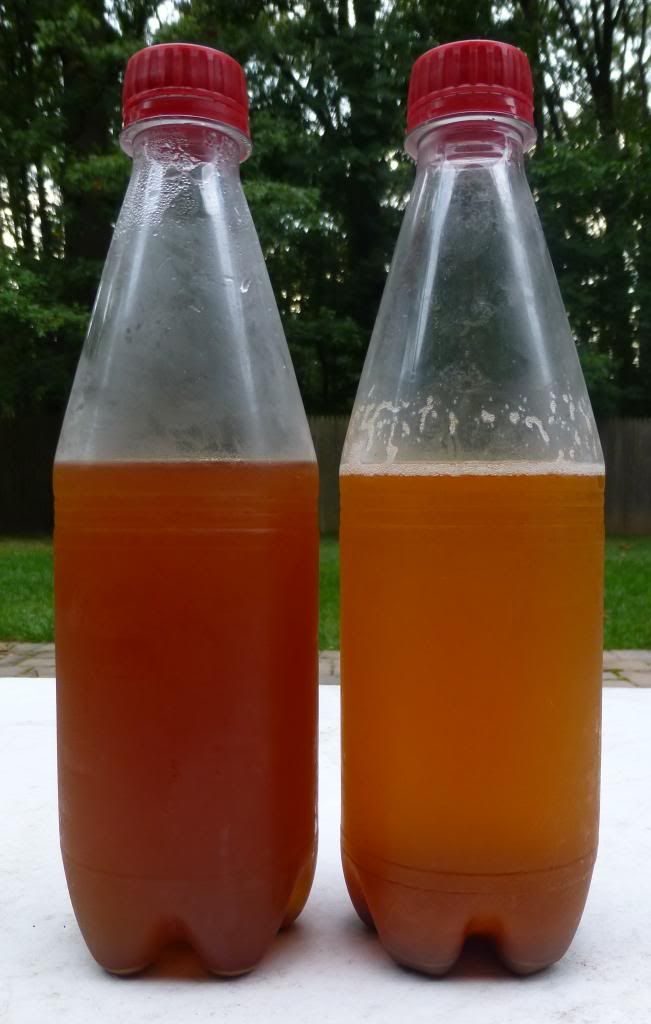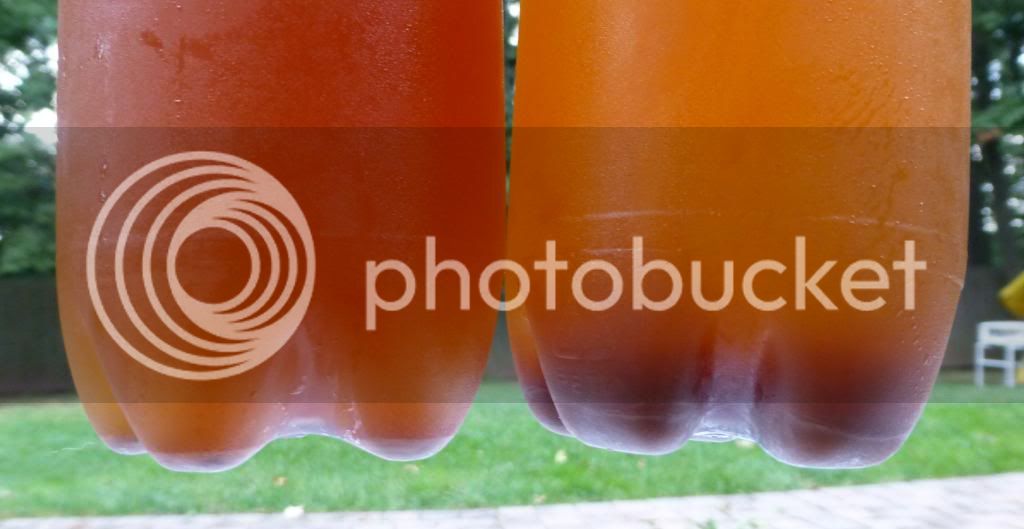Well this can happen to the best of us. I often find my self doing similar things to when it comes to deviating from the original plan or in this case, recipe. There seems like a number of things going on here that could be or all together, caused this to go badly for you. Some of it you might know, and other stuff you may not but here is my thoughts.
* The extra nutmeg may not have done great harm to this batch even after cutting it in half. Might not be what your looking for flavor wise but I don't feel its enough to ruin a batch entirely.
* Sassafras harvested in the summer should come from the twigs and branches, not the roots. With that said, I have heard that Sassafras is BEST harvested in the winter from the roots. Yes more work perhaps, but likely worth it for better product.
* I have never used bleach before to sanitize. I have always used StarSan sanitizer and PBW for a cleaner. The great thing about both of these products is not only do they work awesome, but they are both protein based. This means no rinsing and is better if you don't rinse because the yeast like the protein.

I would consider looking into both of those products.
* I also tip ALL of my bottles (bailtops, carboys, and even 2 liter) after running the sanitizer through them and just before putting root beer in them. So they stay upside down until I put root beer in them. I run cleaner through them after consuming the root beer and far before making my next batch.
* It might be ok if you want to taste the batch when you're making it but its going to be quite different after fermentation. In some cases it can taste drastically different depending on the yeast and how long it ferments. So then the only thing that tasting the batch does then is to confirm if that's what the batch usually tastes like before fermentation.
Great to here the gelatin is working out for you. As a word of advice, take the sanitizing thing VERY serious. Take it from someone who knows how much it sucks to put this kind of work into a full 5 gallon batch and then have to throw it ALL down the drain because of something like a yeast infection...yup that's what its called, or poor sanitization. I hate having to do that and its happened more than once. So yes even when you take appropriate steps, it can still happen but the odds are far less and they are less frequent.
Just because I don't like to see people start with a hobby and get discouraged, start with the recipe posted, cut in half if you so wish, but make sure you cut it all in half and don't deviate. That way you get to taste the recipe for how it should be tasted and even if you don't like it, you then can decide what to remove or add from there. This is a great starting recipe and is an altered version of where I started. So with that in mind, you're getting something even slightly better than what I started with.

Oh yeah, I just remembered, I usually end up fermenting for about 2-3 days and then I throw in the fridge for another 2-3 days. I also have tried a process of pasteurization which was successful. So I will be doing that more. My wife doesn't agree with me but the only thing better than root beer, is being able to ALWAYS have it on hand at any given time.














![Craft A Brew - Safale S-04 Dry Yeast - Fermentis - English Ale Dry Yeast - For English and American Ales and Hard Apple Ciders - Ingredients for Home Brewing - Beer Making Supplies - [1 Pack]](https://m.media-amazon.com/images/I/41fVGNh6JfL._SL500_.jpg)
















































 That is great news. Im glad everyone enjoyed it and that it all worked out despite your ninja like friends antics...lol Well you now know for sure that you have a solid recipe to build from.
That is great news. Im glad everyone enjoyed it and that it all worked out despite your ninja like friends antics...lol Well you now know for sure that you have a solid recipe to build from. 

